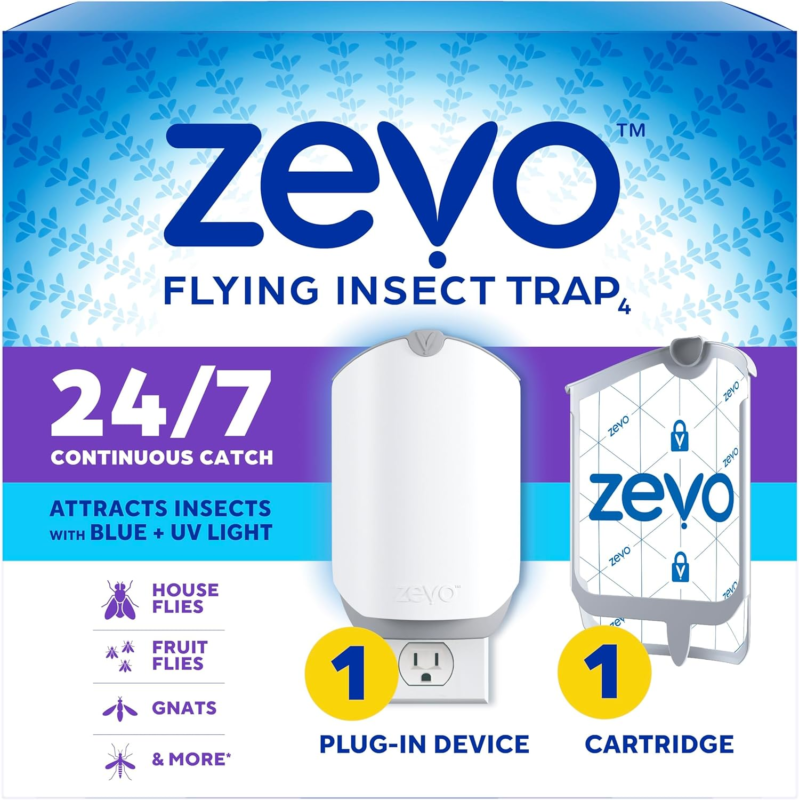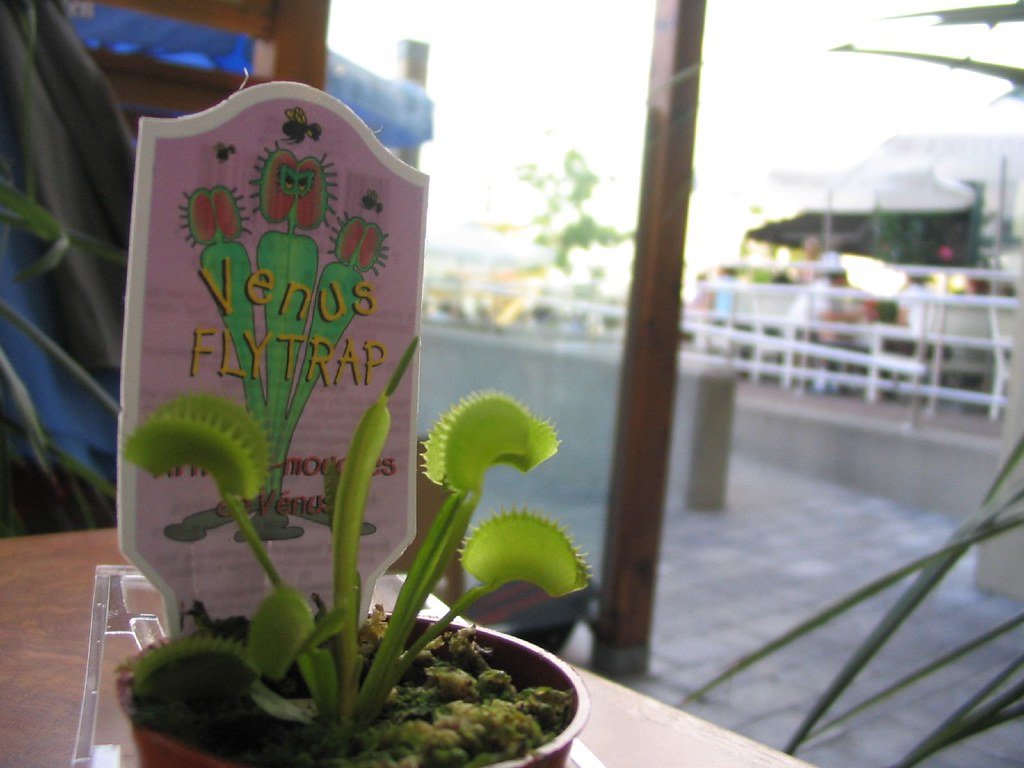Gardening
DIY Indoor Fly Trap: Effective Methods to Keep Flies Away
Dealing with indoor flies can be frustrating and unsanitary—especially during warmer months when doors and windows are open more often. Luckily, you don’t need to reach for chemical-laden solutions to keep your home fly-free. With a few household ingredients and some clever setups, you can create effective DIY indoor fly traps that are not only safe and affordable but also surprisingly satisfying to make.
Let’s walk through a couple of tried-and-true homemade fly traps and explore ways to keep those pesky insects from ever becoming a problem in the first place.

DIY Indoor Fly Trap 1: Vinegar and Dish Soap Fly Trap
One of the most popular and reliable fly trap methods is the vinegar and dish soap trick. If you’ve never tried it before, you’re in for a simple yet effective solution that can be set up in just minutes. Here’s what to do:
Materials You’ll Need:
- A small, shallow dish or bowl
- Apple cider vinegar (white vinegar can work too, but cider is more attractive to flies)
- A few drops of liquid dish soap
- Plastic wrap
- A rubber band
- A toothpick or fork
Instructions:
- Pour the Vinegar: Start by pouring apple cider vinegar into the shallow dish, filling it about halfway. The smell of fermenting apple draws flies in with almost magnetic force.
- Add Dish Soap: Add a few drops of dish soap to the vinegar. This breaks the surface tension of the liquid, so when the flies land, they sink and can’t escape.
- Cover with Plastic Wrap: Stretch a layer of plastic wrap tightly over the top of the dish. Secure it with a rubber band so it stays taut.
- Poke Entry Holes: Use a toothpick or fork to poke several small holes in the top. These allow flies to enter the trap, but the plastic wrap helps keep them from flying back out.
- Place it Wisely: Set your trap in a fly-prone spot—by a window, near a trash can, or on the kitchen counter close to fruit. Within hours, you’ll likely notice a few captured flies floating inside.
This trap is excellent for fruit flies and house flies alike and is made with items you probably already have in your kitchen.
DIY Indoor Fly Trap 2: Honey or Maple Syrup Fly Trap
If you don’t have vinegar on hand or simply want to try another approach, this sweet and sticky trap is another clever DIY solution. It’s especially effective for smaller flies like gnats and fruit flies.
What You’ll Need:
- A glass jar, mason jar, or empty plastic bottle (cut the top off for easier access)
- Honey or maple syrup
- A piece of paper
- Tape or glue
Step-by-Step:
- Prepare the Container: Clean the jar and make sure it’s dry. The container should have a narrow opening to trap the flies effectively.
- Apply Sweetener: Coat the inside rim or base of the jar with a generous amount of honey or maple syrup. The sweet smell will attract flies immediately.
- Make a Paper Funnel: Roll a piece of paper into a cone or funnel shape, leaving a small hole at the bottom. Insert it into the mouth of the jar with the narrow end pointing down.
- Secure It in Place: Use tape or glue to make sure the funnel stays in place and doesn’t touch the sticky substance. Once flies enter, they’ll struggle to climb back up the funnel.
- Place Where Needed: This trap works great near fruit bowls, compost bins, or food prep areas.
You’ll be amazed at how quickly flies are drawn into this sugary trap—and how few manage to get out.
How Do You Prevent House Flies?
While homemade traps can help manage flies, preventing them in the first place is always the best approach. Here are a few essential strategies you can use to stop flies from entering your home or making it their breeding ground:
1. Keep It Clean
- Wipe down surfaces regularly, especially kitchen counters and tables.
- Clean up crumbs and spills right away.
- Don’t leave dirty dishes in the sink overnight.
- Regularly sweep and mop floors to remove food particles.
2. Secure Trash and Food Waste
- Use trash bins with tight-fitting lids.
- Empty kitchen trash daily, especially in summer.
- Rinse out recyclables before placing them in bins.
- Clean pet food areas and litter boxes often.
3. Seal Entry Points
- Install mesh screens on windows and doors.
- Seal any gaps or cracks around window sills, baseboards, and doorways.
- Repair damaged screens promptly.
4. Manage Food Storage
- Keep fruit in the fridge or covered with mesh domes.
- Wipe down syrup bottles, honey jars, and condiment containers to remove residue.
- Store leftovers in airtight containers.
5. Reduce Moisture and Standing Water
- Fix any leaks under sinks or around plumbing.
- Empty flowerpot saucers and pet water bowls daily.
- Clean gutters and ensure water drains properly away from your home.
6. Use Natural Repellents
- Essential oils like citronella, eucalyptus, and lavender can act as natural fly deterrents.
- Try placing a few drops in a diffuser or cotton ball near fly-prone areas.
7. Professional Help (If Needed)
If flies become an overwhelming problem, or if you suspect a larger infestation, contacting a pest control professional may be necessary. They can assess the situation and suggest long-term solutions.
Final Thoughts
Let’s be honest—no one likes sharing their kitchen or living room with flies. They’re annoying, unhygienic, and can quickly multiply if left unchecked. The good news is that with just a little effort, some household ingredients, and the clever tricks outlined above, you can reclaim your space and keep it fly-free.
Whether you try the vinegar and dish soap trap or the honey/maple syrup funnel trap, both offer inexpensive, effective solutions you can feel good about using in your home. Just as importantly, keeping your space clean, dry, and sealed will go a long way in preventing future fly issues.
Remember: flies are drawn to scents, moisture, and food residue. So, clean regularly, store food carefully, and don’t underestimate the power of a well-placed fly trap. With a proactive approach, you’ll enjoy a more comfortable, pest-free environment every day.

